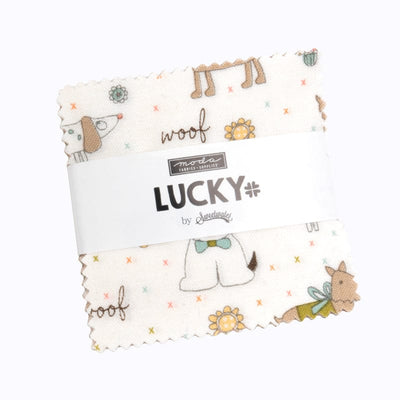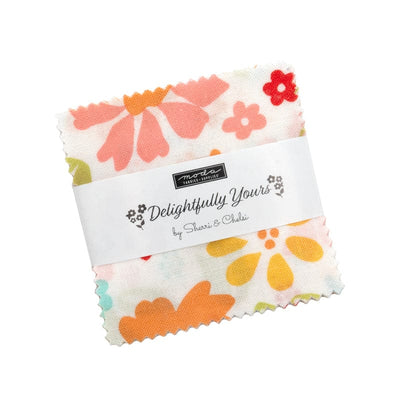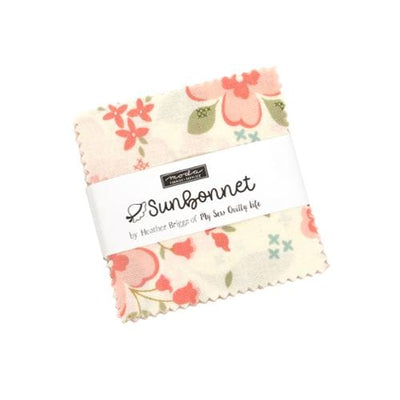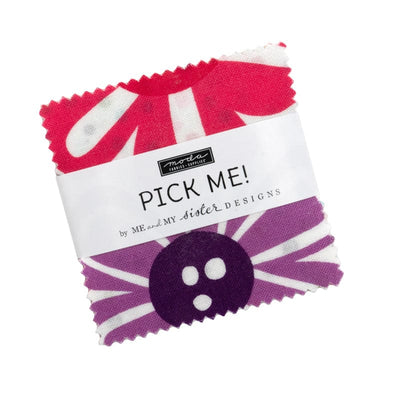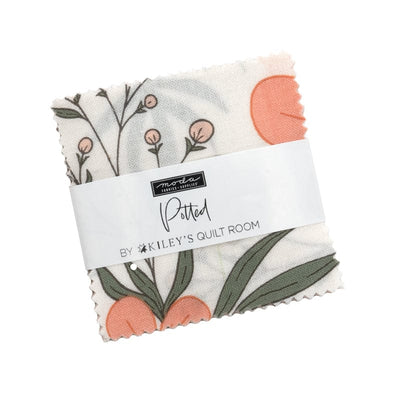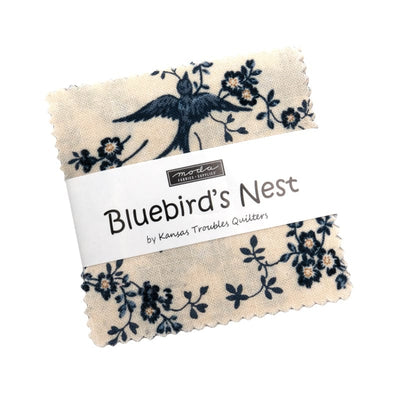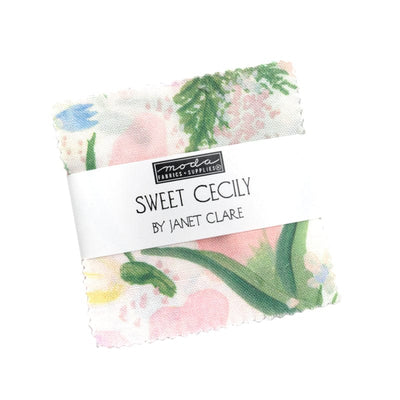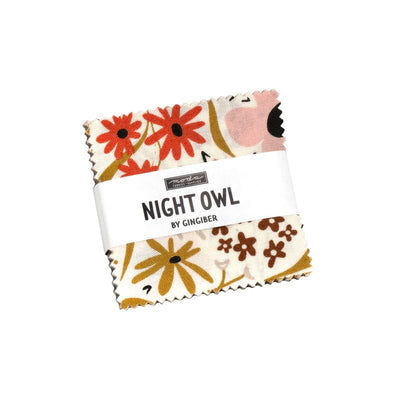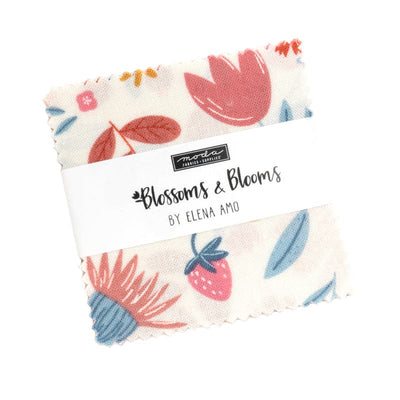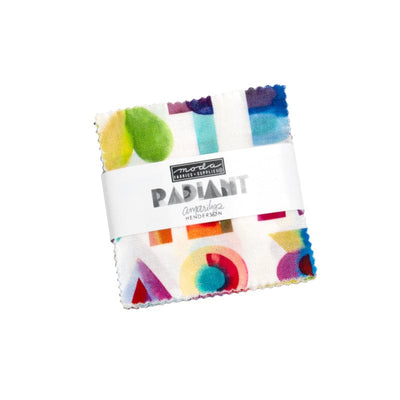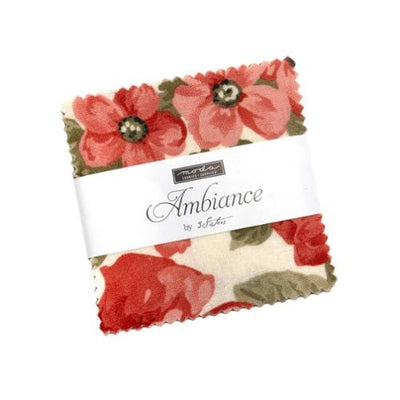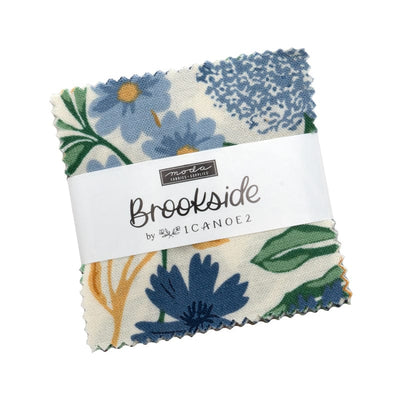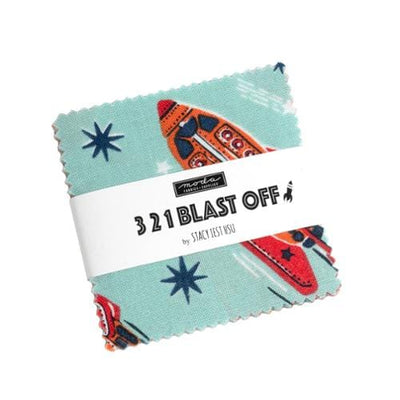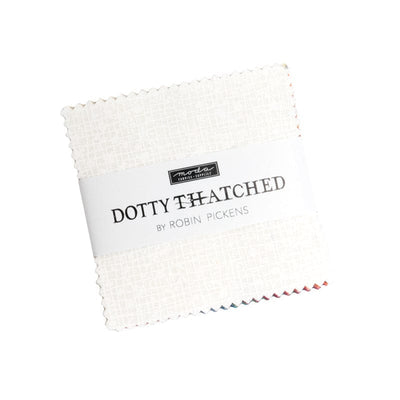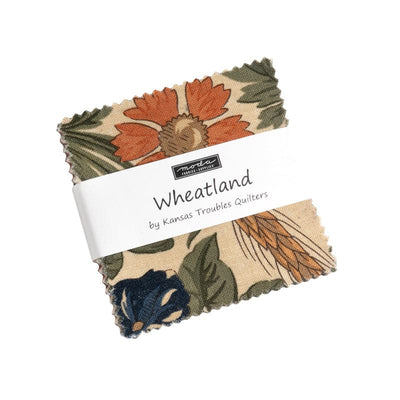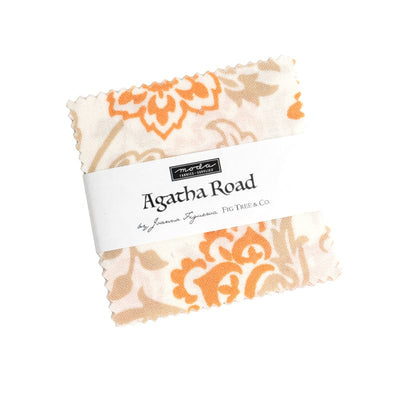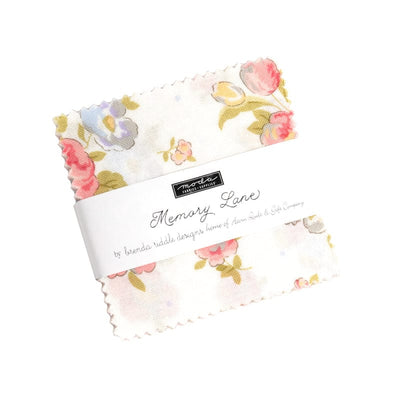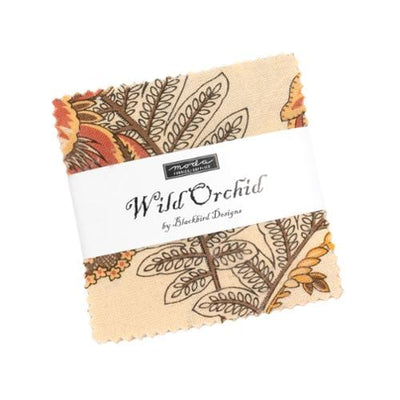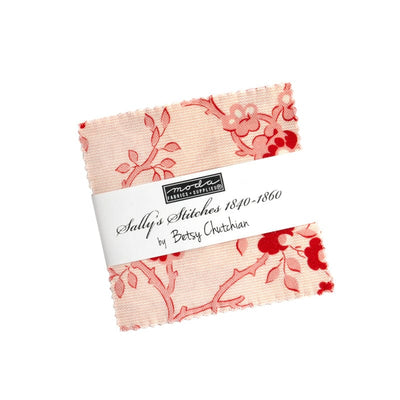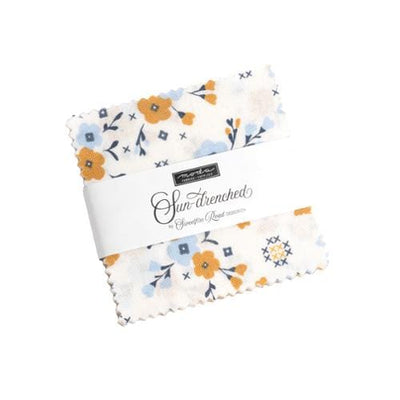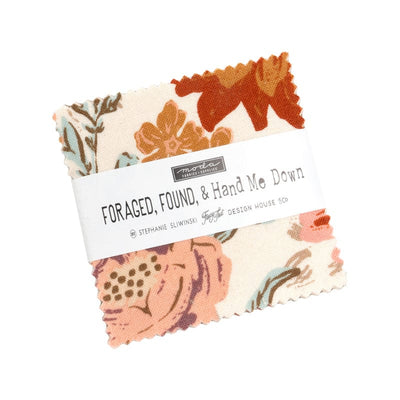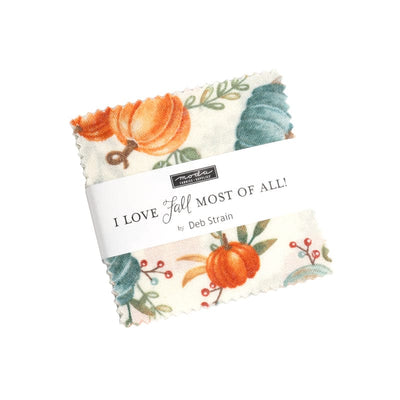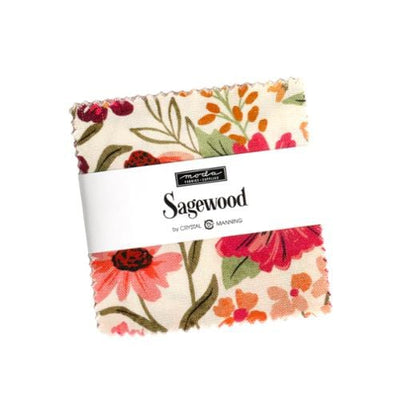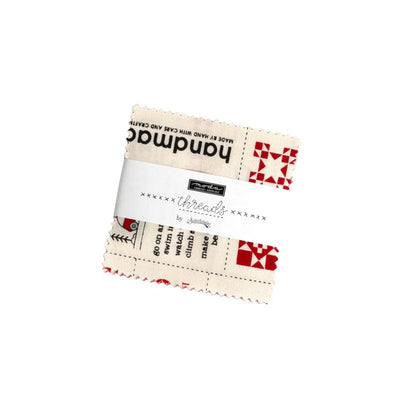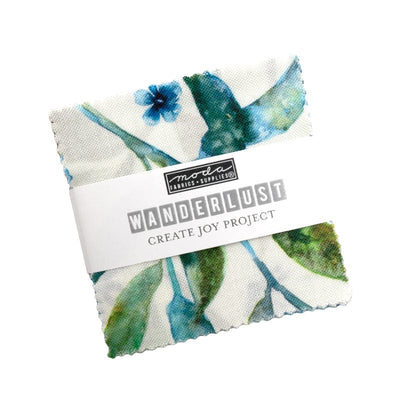Sewing Machine Buyers Guide
Experience Level
Beginner
If you’re just getting started, a straightforward machine with a core set of stitches and a few essential feet, like a zipper foot and buttonhole foot, is a great choice. These machines are easy to set up and use, helping beginners build confidence while learning the basics.
Intermediate
Intermediate sewers often take on more varied and detailed projects. Machines in this category offer a wider range of stitches and features like automatic tension, one-step buttonholes, a more powerful motor and stronger needle penetration. These machines support more creative freedom and better control as your skills develop.
Advanced
Experienced makers typically need a machine that can handle heavy usage, deliver precision, speed and flexibility. Professional-grade domestic sewing machines are usually computerised and come with a large choice of stitches, accessories and extra features designed to streamline complex work and support high-volume sewing.
Machine Types

Mechanical
Mechanical sewing machines are a solid choice for beginners or occasional sewists who want something simple and reliable. They’re great for basic tasks like hemming, repairs or simple dressmaking. Stitch selection is done using dials, and speed is controlled by foot pedal pressure, making them intuitive and easy to get to grips with.

Computerised
Computerised machines offer greater stitch variety, precision settings and time-saving features like needle up/down or automatic thread cutters. Ideal if you sew regularly and want more decorative options.

Embroidery
Embroidery machines are designed for creative makers who want to add decorative touches or personalise their projects. You can create names, monograms and detailed motifs using pre-loaded patterns, USB imports or app-based designs. Some models are embroidery-only, while combination machines like the Brother NV2700 or Janome Atelier 9 also offer standard sewing functionality, giving you the best of both worlds.

Overlocker
Overlockers are perfect for home dressmakers who want a neat, professional finish. They’re designed to sew, trim and finish seams in one smooth step, making them especially useful for stretchy fabrics like jersey or knitwear. Ideal for garment-making and anyone sewing with modern, soft fabrics.
Uses
Before choosing a machine, it’s worth thinking about what you plan to make. A machine that’s perfect for dressmaking might not suit upholstery or embroidery. By matching your machine to your sewing style, you’ll get better results and enjoy the process more.

Basic Repairs
For simple jobs like mending seams, taking up hems or replacing zips, most entry-level machines will do the trick. Look for something beginner-friendly, with a basic selection of stitches and easy to use controls. A free arm will be useful for simple dressmaking tasks.

Dressmaking
If you’re making garments, it helps to have features like one-step buttonholes, a free arm for sleeves, and a wider choice of stitches for neat finishes. A machine with adjustable settings will also make it easier to work with different fabrics.

Embroidery
Embroidery machines are ideal for personalising gifts, adding monograms or creating detailed motifs with minimal setup and lots of creative options. They come in a range of sizes and capabilities, from small, single-needle models suitable for home use, to large, multi-needle professional machines that can handle high-volume production.

Upholstery
Sewing heavier fabrics like denim, canvas or curtain-weight cotton calls for a machine with strong needle penetration, a longer stitch length and reliable fabric feed. Choose a machine with automatic tension, adjustable presser foot pressure, an automatic thread cutter and high-speed stitching. It’s helpful if the machine comes with a walking foot too.

Quilting
Quilters need a machine with a larger workspace, strong and consistent feed, and the ability to drop the feed dogs for free-motion quilting. Look for accessories such as a walking foot (essential), a ¼’’ inch seam foot for that all important accurate ¼'’ seam (essential), speed control and an extension table (not essential but handy). These will make piecing, binding and finishing easier. If you plan on free motion quilting, a stitch regulator will help to maintain consistent stitch length. For more experienced quilters, a machine with a straight stitch plate helps with stitch precision and quality.

Crafting
For seasonal makes, accessories, dolls clothes or home décor, a reliable machine with a good variety of utility and decorative stitches is ideal. Easy threading, speed control and snap-on presser feet will help keep things simple and fun, whether you're sewing felt decorations or fabric gifts.
What to consider when buying a sewing machine?
It's worth choosing a machine that will support you as your sewing skills develop. A well-built model from a trusted manufacturer will handle regular use, enable you to sew with different types of fabric and stay reliable with annual servicing. Even if you're starting with simple repairs or home décor, it's helpful to think ahead to the kinds of projects you might want to explore in the future.
Choosing a sturdier, more capable machine from the start means you won't feel limited as your skills improve. Many of our best-loved models last a decade or more with the right upkeep. A good domestic sewing machine will reward you with years of service if it’s well maintained. Look for a strong frame, smooth stitching and practical features that will support you as your confidence grows. Consider our flexible finance options to help you invest in a machine that lasts if you’re limited by budget.

Longevity
It's worth choosing a machine that will support you as your sewing skills develop. A well-built model from a trusted manufacturer will handle regular use, enable you to sew with different types of fabric and stay reliable with annual servicing. Even if you're starting with simple repairs or home décor, it's helpful to think ahead to the kinds of projects you might want to explore in the future.
Choosing a sturdier, more capable machine from the start means you won't feel limited as your skills improve. Many of our best-loved models last a decade or more with the right upkeep. A good domestic sewing machine will reward you with years of service if it’s well maintained. Look for a strong frame, smooth stitching and practical features that will support you as your confidence grows. Consider our flexible finance options to help you invest in a machine that lasts if you’re limited by budget.

The price of the sewing machine you purchase will be a key indicator of the quality of the machine. It will tell you the quality of the materials used to build the machine and how many features are included.
While it can be tempting to opt for the cheapest model, the real value lies in finding a machine that balances affordability with performance. Entry-level machines under £100 may look appealing, but they often lack the power, precision and durability to handle even basic sewing long term. A slightly higher investment often gives you a more enjoyable experience and a longer-lasting machine.
Choosing a model with quality materials and proven reliability means fewer frustrations and better results. Spending a little more upfront now often saves you the cost and hassle of replacing a machine that couldn’t keep up.
Trusted brands like Janome and Brother don’t cut corners in the manufacturing process, even models at lower price points. You’ll get quality stitches, robust parts and helpful features like needle threaders and easily adjustable sewing speeds that make sewing fuss free.

Value
The price of the sewing machine you purchase will be a key indicator of the quality of the machine. It will tell you the quality of the materials used to build the machine and how many features are included.
While it can be tempting to opt for the cheapest model, the real value lies in finding a machine that balances affordability with performance. Entry-level machines under £100 may look appealing, but they often lack the power, precision and durability to handle even basic sewing long term. A slightly higher investment often gives you a more enjoyable experience and a longer-lasting machine.
Choosing a model with quality materials and proven reliability means fewer frustrations and better results. Spending a little more upfront now often saves you the cost and hassle of replacing a machine that couldn’t keep up.
Trusted brands like Janome and Brother don’t cut corners in the manufacturing process, even models at lower price points. You’ll get quality stitches, robust parts and helpful features like needle threaders and easily adjustable sewing speeds that make sewing fuss free.

Choosing one that suits your specific projects will make all the difference. A lightweight model might be perfect for everyday repairs or light dressmaking, but it won’t cope well with thick fabrics or layered seams. If you’re planning to sew curtains, upholstery or denim, you’ll need a machine with good needle penetration, weight and stitch control to handle the job properly.
It has to be fit for purpose. A model packed with decorative stitches won’t be much help if it can’t sew through heavy fabric without stalling. Take a moment to think about your sewing habits and materials. A well-matched machine will give better results, save you time and help avoid the frustration that comes with using the wrong tool for the task.

Fit for Purpose
Choosing one that suits your specific projects will make all the difference. A lightweight model might be perfect for everyday repairs or light dressmaking, but it won’t cope well with thick fabrics or layered seams. If you’re planning to sew curtains, upholstery or denim, you’ll need a machine with good needle penetration, weight and stitch control to handle the job properly.
It has to be fit for purpose. A model packed with decorative stitches won’t be much help if it can’t sew through heavy fabric without stalling. Take a moment to think about your sewing habits and materials. A well-matched machine will give better results, save you time and help avoid the frustration that comes with using the wrong tool for the task.

What type of fabric will you be sewing?
For stretchy fabrics like jersey, Lycra and knitwear look for a model that includes stretch stitch options and has good needle penetration to avoid skipped stitches. A top-loading bobbin system tends to give better stitch quality on these fabrics, while using a ballpoint or stretch needle will also help keep seams smooth and secure.
Adjustable presser foot pressure is especially useful for preventing fabric from puckering or stretching out of shape as it moves under the needle. Features like differential feed or a walking foot can also give more even results on slinky or slippery knits. If you're planning to make t-shirts, leggings or loungewear, a machine that handles stretch with ease will help your garments look and feel professionally finished.

Stretch Fabrics
For stretchy fabrics like jersey, Lycra and knitwear look for a model that includes stretch stitch options and has good needle penetration to avoid skipped stitches. A top-loading bobbin system tends to give better stitch quality on these fabrics, while using a ballpoint or stretch needle will also help keep seams smooth and secure.
Adjustable presser foot pressure is especially useful for preventing fabric from puckering or stretching out of shape as it moves under the needle. Features like differential feed or a walking foot can also give more even results on slinky or slippery knits. If you're planning to make t-shirts, leggings or loungewear, a machine that handles stretch with ease will help your garments look and feel professionally finished.

Thicker materials like denim, canvas and curtain-weight fabrics place more physical demand on your machine. To handle these projects well, you’ll need a model with a strong motor, good needle force and a higher presser foot lift. Adjustable foot pressure helps keep the fabric feeding evenly, while a longer stitch length prevents bunching or tugging along seams.
Heavier machines also make a big difference by reducing vibration and keeping things steady as you work. If you're planning to sew curtains, coats or bags choose a sturdy machine with a strong motor.

Thick Fabrics
Thicker materials like denim, canvas and curtain-weight fabrics place more physical demand on your machine. To handle these projects well, you’ll need a model with a strong motor, good needle force and a higher presser foot lift. Adjustable foot pressure helps keep the fabric feeding evenly, while a longer stitch length prevents bunching or tugging along seams.
Heavier machines also make a big difference by reducing vibration and keeping things steady as you work. If you're planning to sew curtains, coats or bags choose a sturdy machine with a strong motor.

Delicate fabrics like silk, satin, voile and lawn require a lighter touch from your sewing machine. Adjustable foot pressure is particularly important to avoid marking or dragging the fabric as it feeds through. Machines with smoother feed systems and precise tension control will help maintain the integrity of fine materials without puckering or pulling.
Using a sharp fine needle and a shorter stitch length also helps preserve the fabric’s drape and finish. Lightweight fabrics often shift easily under the presser foot, so a machine that offers good control and gentle handling is key. If you’re planning to sew floaty dresses, linings, baby clothes or lightweight blouses, choose a model with dressmaking stitches like zig zag stitch, an overcasting stitch and a blind hem stitch, adjustable foot pressure, automatic tension, one-step button holes and a free-arm.

Light Fabrics
Delicate fabrics like silk, satin, voile and lawn require a lighter touch from your sewing machine. Adjustable foot pressure is particularly important to avoid marking or dragging the fabric as it feeds through. Machines with smoother feed systems and precise tension control will help maintain the integrity of fine materials without puckering or pulling.
Using a sharp fine needle and a shorter stitch length also helps preserve the fabric’s drape and finish. Lightweight fabrics often shift easily under the presser foot, so a machine that offers good control and gentle handling is key. If you’re planning to sew floaty dresses, linings, baby clothes or lightweight blouses, choose a model with dressmaking stitches like zig zag stitch, an overcasting stitch and a blind hem stitch, adjustable foot pressure, automatic tension, one-step button holes and a free-arm.

What type of machine is right for you?
Sewing machines come with three main control types: mechanical, computerised, and touchscreen. This is all about preference in how you control your sewing machine and select stitches.
Computerised machines are ideal for sewists who want extra functionality without sacrificing ease of use. Stitch settings are selected via buttons and displayed on an LCD screen.
Many come with features like automatic needle threading, one-step buttonholes, and programmable needle up/down, great for saving time on larger or more detailed projects.
They suit a wide range of skill levels, from beginners who want user-friendly features to experienced makers looking for more precision. Whether you're dressmaking, quilting or crafting, computerised machines give you access to a wider stitch library and consistent, accurate results across different fabrics. They’re also great if you want to explore creative sewing with decorative stitching or lettering. Stitch settings are selected via buttons and displayed on an LCD screen.

Computerised
Computerised machines are ideal for sewists who want extra functionality without sacrificing ease of use. Stitch settings are selected via buttons and displayed on an LCD screen.
Many come with features like automatic needle threading, one-step buttonholes, and programmable needle up/down, great for saving time on larger or more detailed projects.
They suit a wide range of skill levels, from beginners who want user-friendly features to experienced makers looking for more precision. Whether you're dressmaking, quilting or crafting, computerised machines give you access to a wider stitch library and consistent, accurate results across different fabrics. They’re also great if you want to explore creative sewing with decorative stitching or lettering. Stitch settings are selected via buttons and displayed on an LCD screen.

Mechanical machines are reliable, fuss-free and perfect for anyone who prefers a more hands-on approach to sewing. All adjustments, like stitch type, length and tension, are made manually using dials, which makes them especially popular with beginners or those who sew occasionally. They’re typically more affordable than computerised models and their simplicity can feel less overwhelming when you're just starting.
Don’t let their low-tech nature fool you; they can still deliver great results. Many mechanical machines are built with strong internal parts and solid metal frames, which help them handle everyday sewing tasks and even heavier materials like denim and canvas. They’re ideal for straightforward repairs, simple garment construction and crafting. If you want a dependable machine for core sewing tasks without the added bells and whistles, a mechanical model is a solid choice.

Mechanical
Mechanical machines are reliable, fuss-free and perfect for anyone who prefers a more hands-on approach to sewing. All adjustments, like stitch type, length and tension, are made manually using dials, which makes them especially popular with beginners or those who sew occasionally. They’re typically more affordable than computerised models and their simplicity can feel less overwhelming when you're just starting.
Don’t let their low-tech nature fool you; they can still deliver great results. Many mechanical machines are built with strong internal parts and solid metal frames, which help them handle everyday sewing tasks and even heavier materials like denim and canvas. They’re ideal for straightforward repairs, simple garment construction and crafting. If you want a dependable machine for core sewing tasks without the added bells and whistles, a mechanical model is a solid choice.

Touchscreen sewing machines offer the highest level of digital control and are perfect for advanced sewists, embroidery fans or small creative businesses. With intuitive navigation through a full-colour screen, you can select stitches, load designs, access tutorials, and fine-tune settings all in one place. Many models include embroidery features, built-in design libraries and the ability to import custom patterns via USB or Wi-Fi.
These machines are designed to support complex, high-volume sewing and offer premium performance across a wide range of fabrics. If you’re regularly quilting, embroidering or sewing intricate garments, the combination of power and precision will help you achieve professional results. If you want total control, design flexibility and a seamless digital experience, a touchscreen machine is worth exploring.

Touchscreen
Touchscreen sewing machines offer the highest level of digital control and are perfect for advanced sewists, embroidery fans or small creative businesses. With intuitive navigation through a full-colour screen, you can select stitches, load designs, access tutorials, and fine-tune settings all in one place. Many models include embroidery features, built-in design libraries and the ability to import custom patterns via USB or Wi-Fi.
These machines are designed to support complex, high-volume sewing and offer premium performance across a wide range of fabrics. If you’re regularly quilting, embroidering or sewing intricate garments, the combination of power and precision will help you achieve professional results. If you want total control, design flexibility and a seamless digital experience, a touchscreen machine is worth exploring.

Sewing Machine Price
Machines in this price range are ideal for beginners or casual sewers. Most are mechanical with a small selection of stitches and manual controls. They’re great for simple tasks like repairing clothes, sewing hems or craft projects. If you’re just learning, they offer a low-commitment way to get started.
These machines are affordable, easy to use and quick to set up. They can handle basic sewing tasks well but may feel limited over time as your sewing skills grow. Choose an entry level model if you’re planning on occasional sewing or want a machine for classes.

Entry Models: Up to £250
Machines in this price range are ideal for beginners or casual sewers. Most are mechanical with a small selection of stitches and manual controls. They’re great for simple tasks like repairing clothes, sewing hems or craft projects. If you’re just learning, they offer a low-commitment way to get started.
These machines are affordable, easy to use and quick to set up. They can handle basic sewing tasks well but may feel limited over time as your sewing skills grow. Choose an entry level model if you’re planning on occasional sewing or want a machine for classes.

This bracket suits hobby sewers who sew regularly and want more from their machine. Expect more stitch options, improved build quality , and helpful extras like speed control, automatic buttonholes or a thread cutter. These machines are often quieter and smoother to use.
They strike a great balance between price and performance. With proper care, they’ll support a wide range of projects for years to come. If you’re growing in confidence and want more creative freedom, this range offers real long-term value.

Mid-Range: £350–£800
This bracket suits hobby sewers who sew regularly and want more from their machine. Expect more stitch options, improved build quality , and helpful extras like speed control, automatic buttonholes or a thread cutter. These machines are often quieter and smoother to use.
They strike a great balance between price and performance. With proper care, they’ll support a wide range of projects for years to come. If you’re growing in confidence and want more creative freedom, this range offers real long-term value.

High-end sewing machines are designed for experienced sewers, creative businesses or anyone sewing at a professional level. They include advanced features like touchscreens, memory functions, large workspaces, multi-directional sewing, lettering and embroidery options, which are ideal for complex or high-volume sewing. They often feature wireless connectivity enabling you to import custom designs for full creative freedom.
You’ll also find more power and precision, plus generous accessory kits. These machines are an investment, , but they’re built to last and perform under pressure. If you sew daily or run a small business or want full creative control, this level delivers unmatched creativity, flexibility and quality.

High-End: £800 and above
High-end sewing machines are designed for experienced sewers, creative businesses or anyone sewing at a professional level. They include advanced features like touchscreens, memory functions, large workspaces, multi-directional sewing, lettering and embroidery options, which are ideal for complex or high-volume sewing. They often feature wireless connectivity enabling you to import custom designs for full creative freedom.
You’ll also find more power and precision, plus generous accessory kits. These machines are an investment, , but they’re built to last and perform under pressure. If you sew daily or run a small business or want full creative control, this level delivers unmatched creativity, flexibility and quality.

1. Sewing Machine Size
The size of your machine will affect not only the types and dimensions of projects you can tackle (think mending hems versus a king size quilt) but also where and how you’ll use it day to day; will you be transporting it to classes; have you got a dedicated sewing space; what do you plan to sew?
Larger machines may offer more features or a sturdier build, but they’re heavier and take up more space. Smaller machines are easier to carry, take to classes and store.
Small machines are a good fit for occasional sewers or those just starting out. They are compact, lightweight and easy to store making them perfect for small living spaces. They often include basic stitches and essential feet. A great option for beginner level dressmaking, crafting or learning how to sew with confidence at home.
Medium-sized sewing machines strike the perfect balance between usability and portability. They’re well suited to general-purpose sewing, offering enough features for regular projects without being too bulky to move or store. If you attend classes or want a reliable machine for mending, quilting or making clothes at home, this size gives you flexibility without the extra weight.
Large machines offer more features, stability and throat space, perfect for sewists tackling more advanced or larger-scale projects. They’re often heavier, making them less portable, but perfect if your machine has a permanent sewing spot at home. Great for quilting, garment construction and home décor, large machines give you room to grow as your sewing ambitions expand.
Extra large machines are designed for serious sewing, quilting or even semi-professional use. With expanded workspace, advanced features and powerful motors, they’re built to handle heavy fabrics and high-volume projects with ease. These machines are best suited to experienced sewists who want full creative control and don’t need to pack away their machine after every use.
2. Sewing Machine Workspace Size
Workspace refers to the throat space – the area between the needle and the machine body. The larger the space, the more fabric and bulk you can manoeuvre through the machine when sewing things like quilts, garments, curtains or free motion quilting. Look for machines with extension tables or longer throat widths if you need extra space.
Workspace refers to the throat space – the area between the needle and the machine body. The larger the space, the more fabric and bulk you can manoeuvre through the machine when sewing things like quilts, garments, curtains or free motion quilting. Look for machines with extension tables or longer throat widths if you need extra space.
It offers enough room for most hobby sewing without overwhelming new users, making it a practical option if you’re just starting out or working in a smaller sewing space.
An 8–9-inch workspace gives you that extra bit of comfort and manoeuvrability. It’s perfect for dressmaking, piecing quilts or making soft furnishings as well as free-motion quilting. This size offers more flexibility without being bulky, especially useful when working on slightly larger projects. If you sew regularly but still want a compact setup, this is a great middle ground.
Workspace over 10 inches is ideal for quilting, larger scale free-motion embroidery or handling bulky, layered fabrics. Machines in this range offer a more open area for managing large projects with ease. If you’re sewing regularly or professionally and want room to manoeuvre without constantly adjusting fabric, a larger throat space can make a big difference in both comfort and results.
Extension tables are brilliant add-ons for sewers who want more surface space without committing to a larger machine. They attach around the free arm to support bigger projects, improve stability, and prevent fabric from slipping. Whether you’re quilting or sewing curtains, having that extra table area can help keep stitches neat and make your workspace feel more controlled.
3. Sewing Machine Weight
Machine weight can impact portability, storage and ease of use, especially if you’re short on space or attend sewing classes. While heavier machines tend to offer better stability and power, lighter ones are easier to move and pack away.
Lightweight machines are perfect for sewing on the go or in shared spaces. Weighing around 5–6 kg, they’re easy to lift, pack away or carry to classes. These models usually have a plastic outer shell and are best for basic tasks. Ideal for beginners or occasional sewers who need something portable and convenient for light home use.
Medium-weight machines suit sewers who want reliability without losing portability. This size is great for regular home sewing, with enough weight to stay steady on the table while still being easy to move or store when needed.
Heavyweight machines are built for durability, frequent use and large projects.
Often over 7–8 kg, they’re made with solid internal parts and offer excellent stability when working with thick fabrics. Best suited to permanent setups, they stay put while sewing and reduce vibration. If you sew regularly and value strength and precision, a heavier machine is a reliable choice.
Not sure which sewing machine is right for you?
Take our quick quiz to get personalised recommendations based on your experience, sewing goals and the types of projects you want to make.
Take the Quiz

